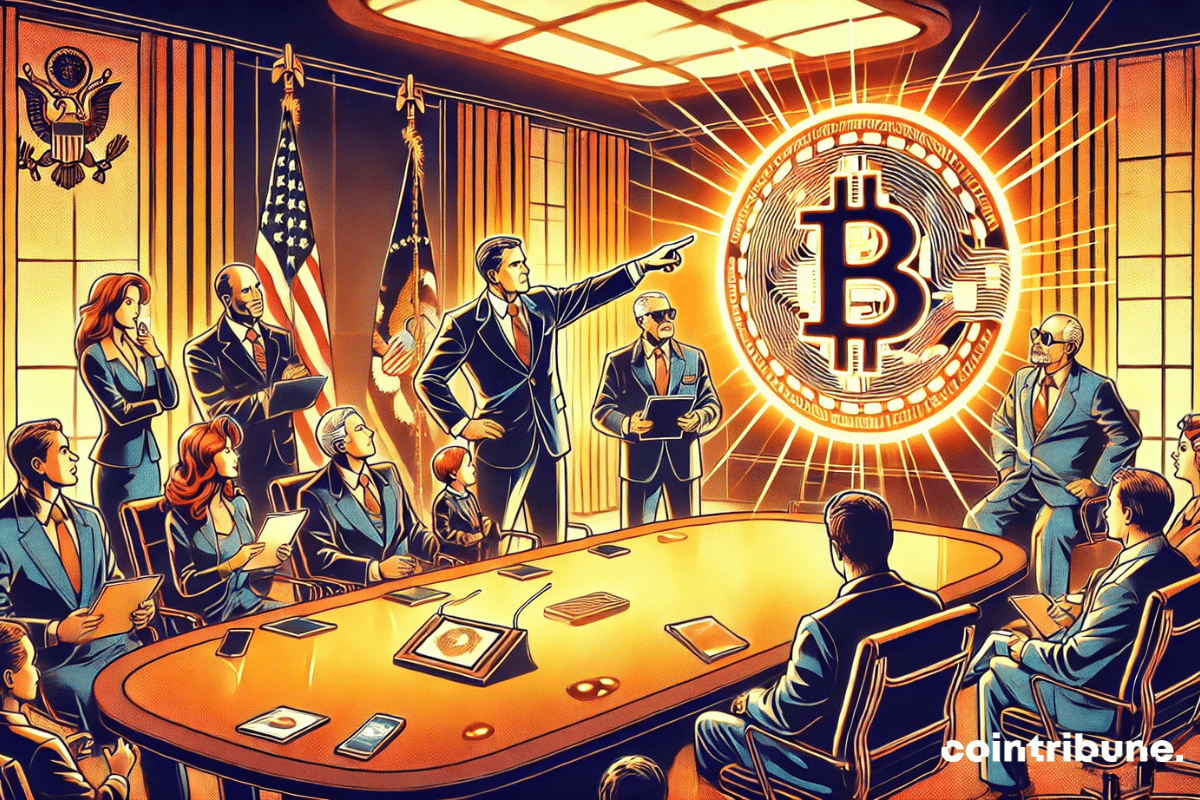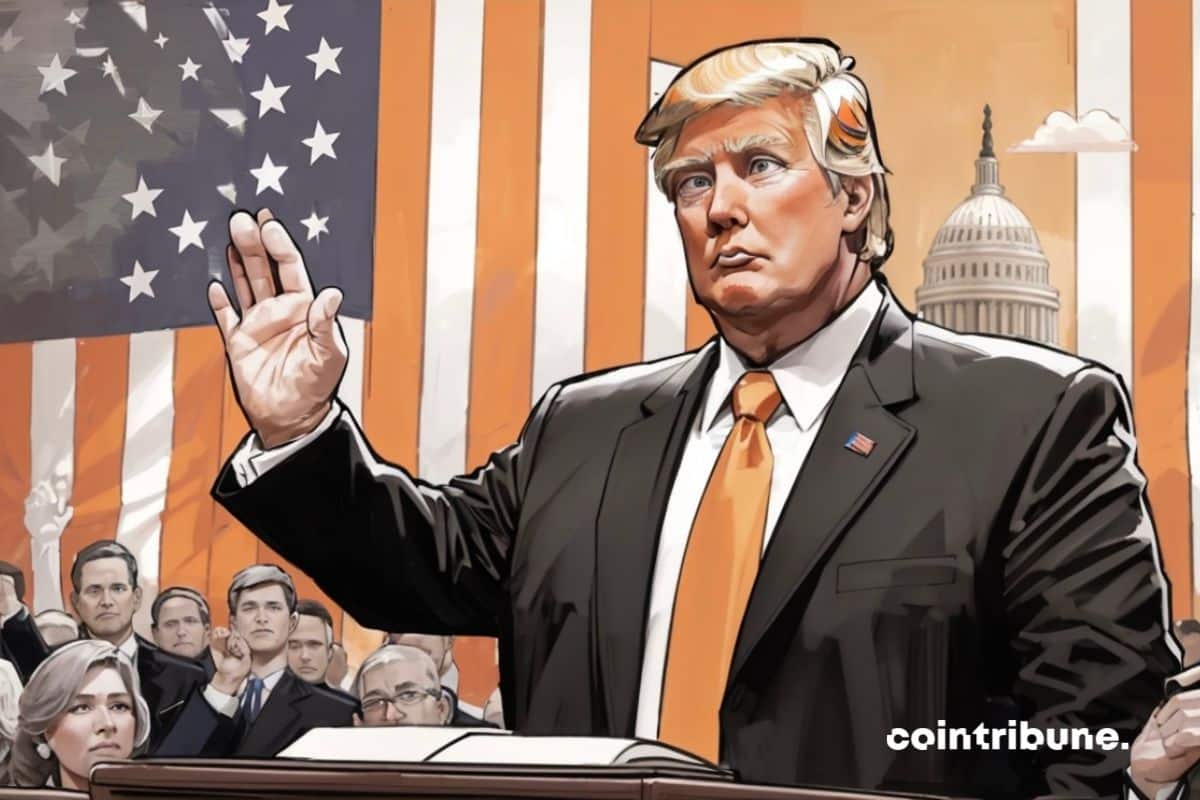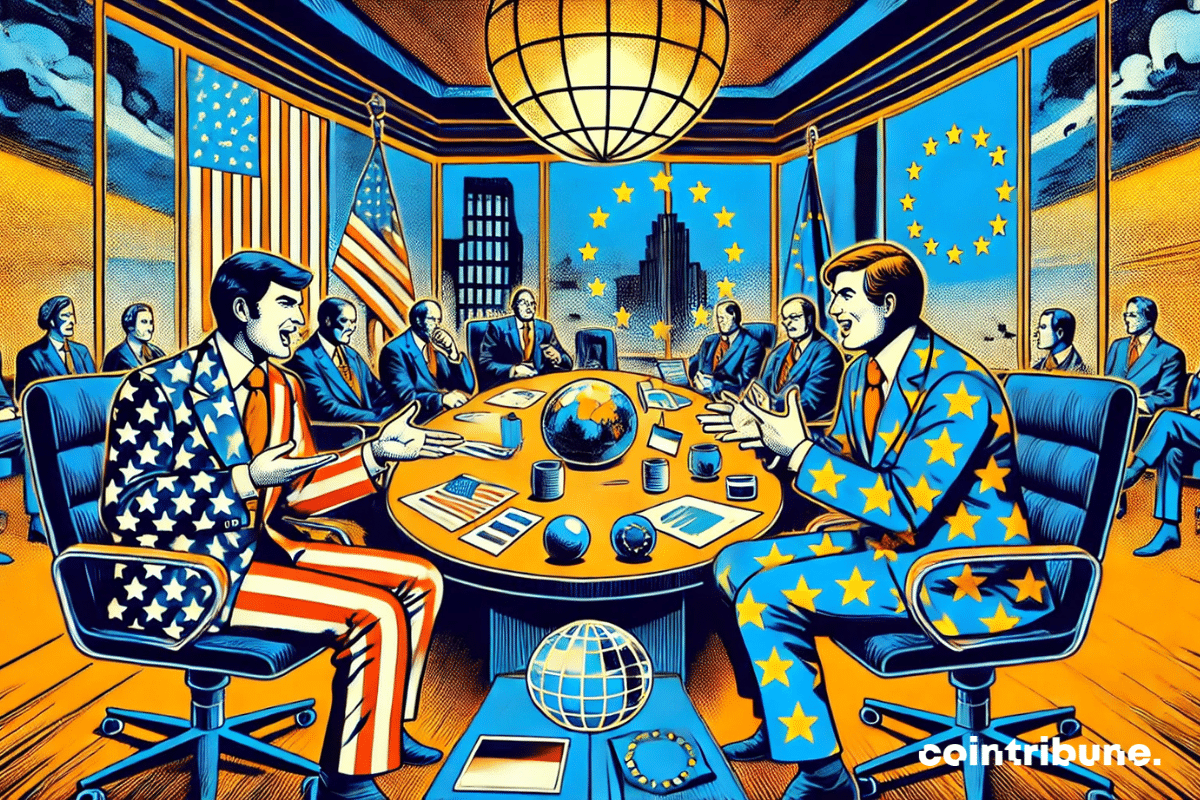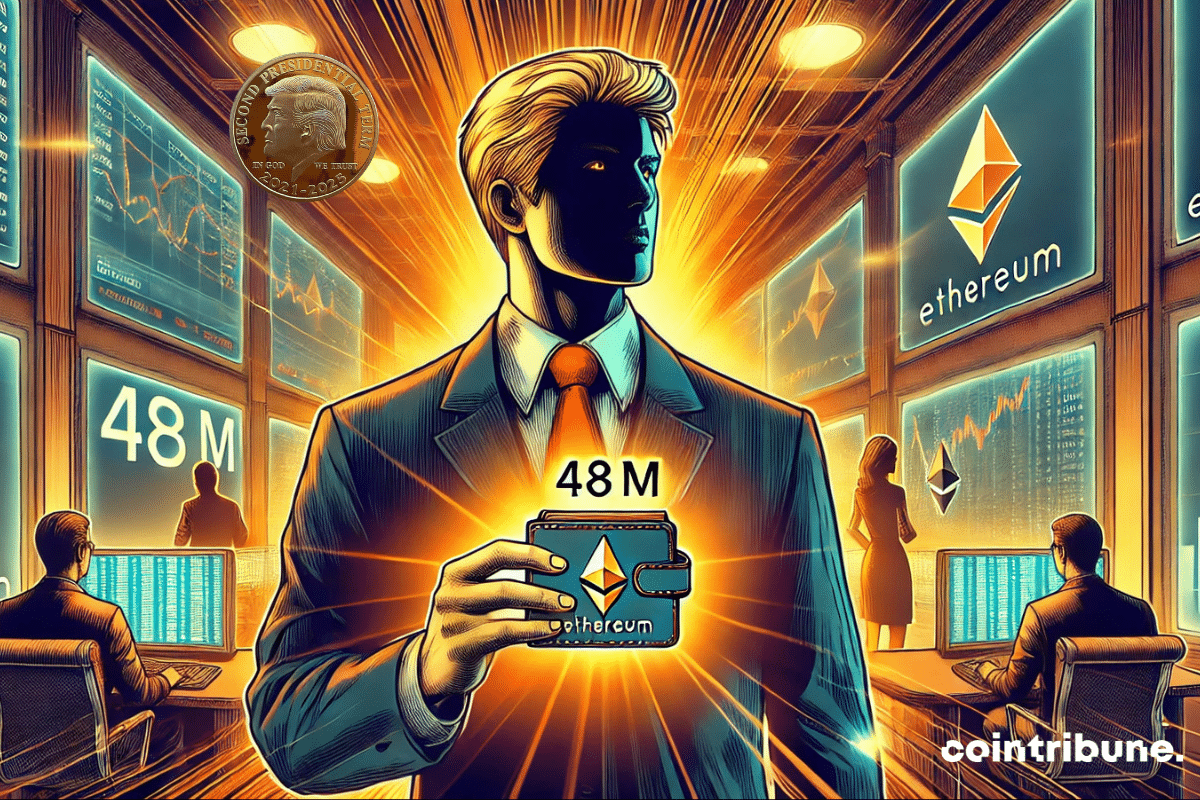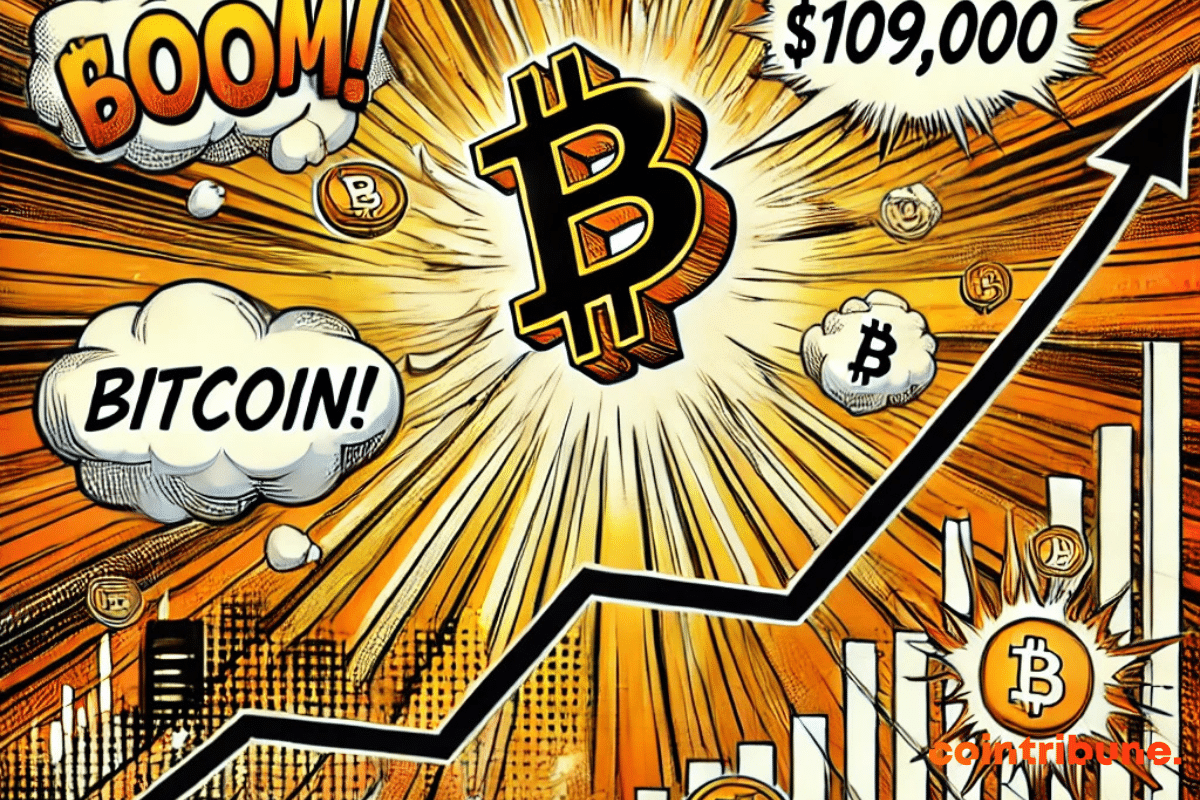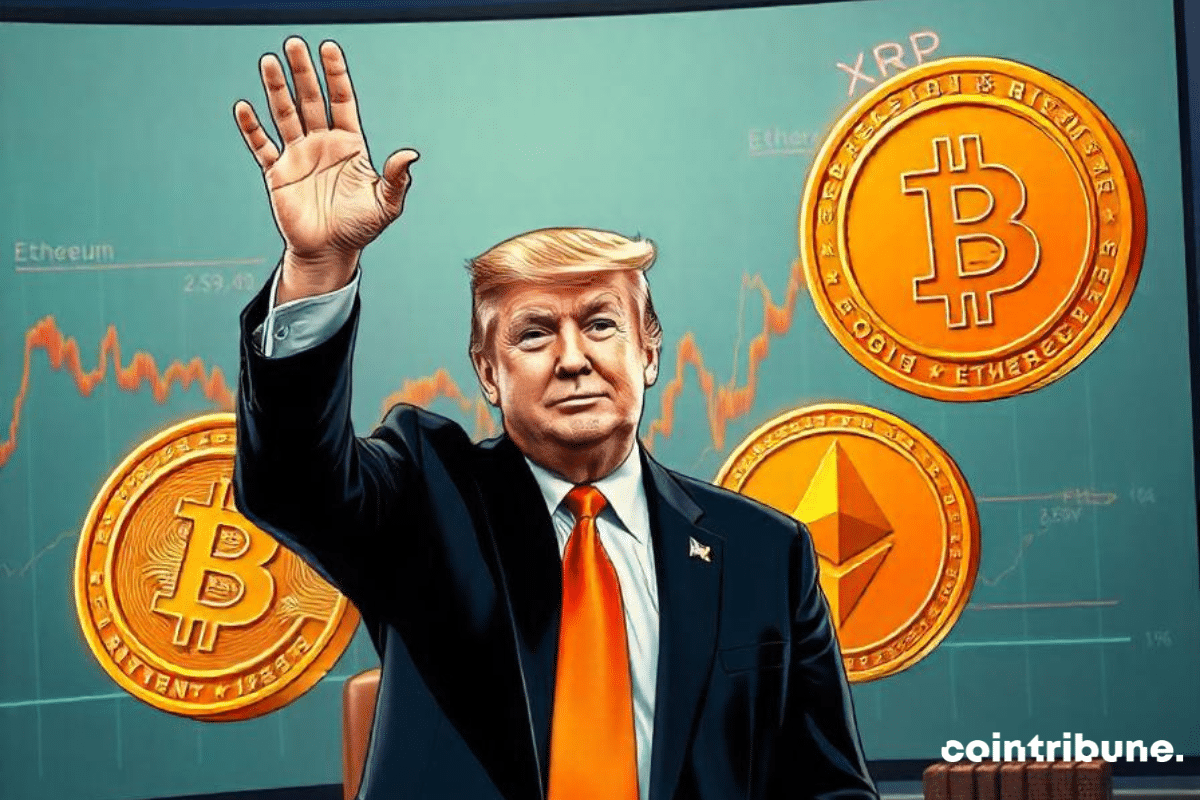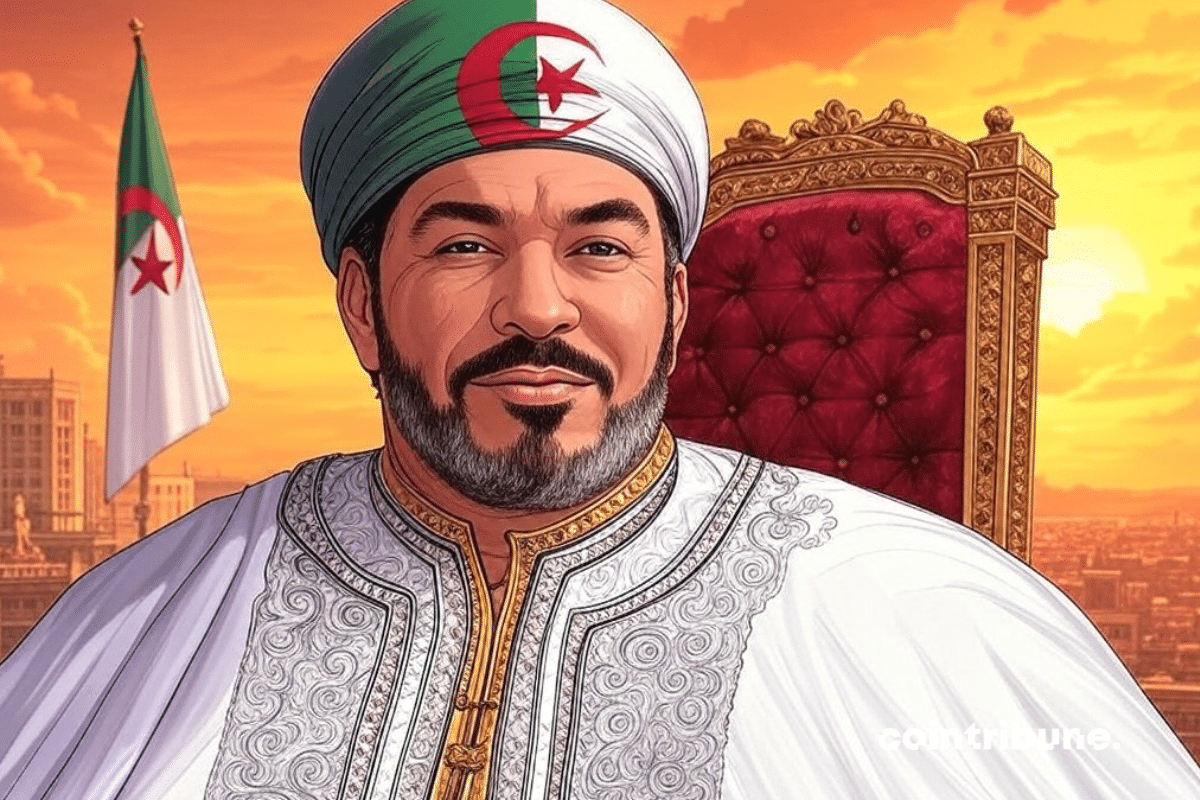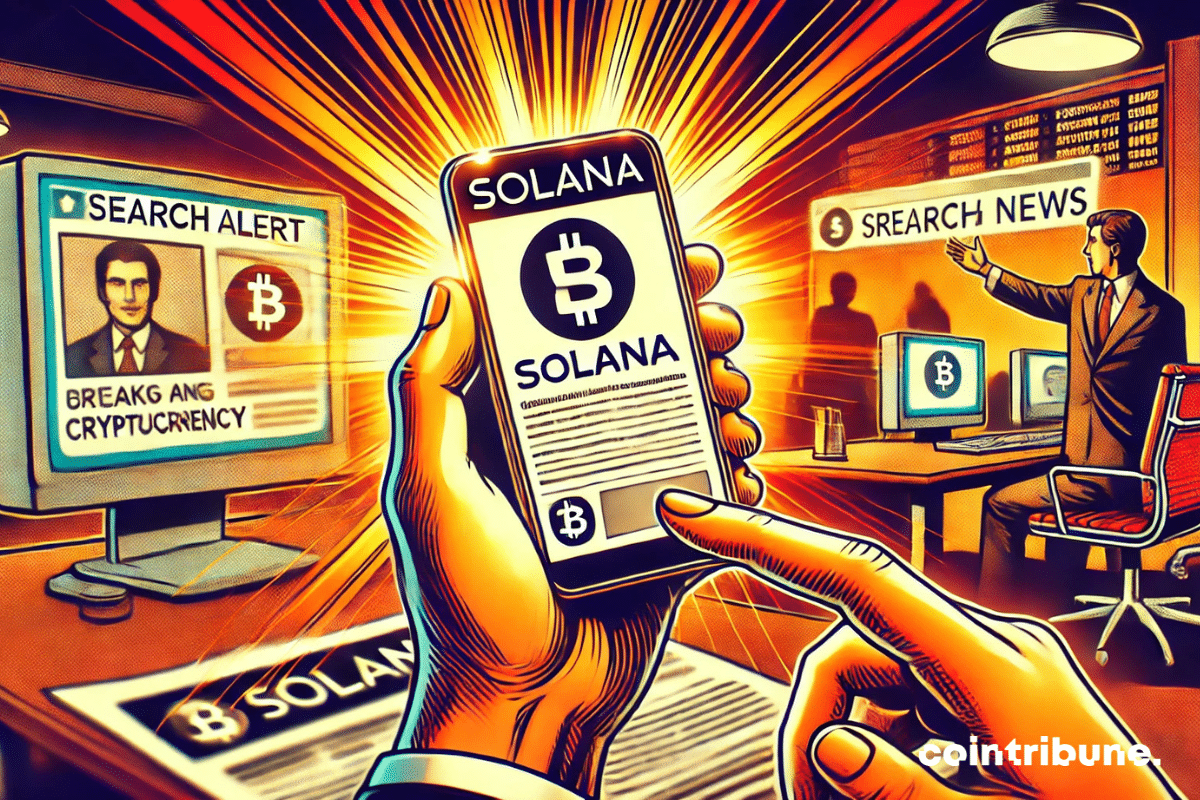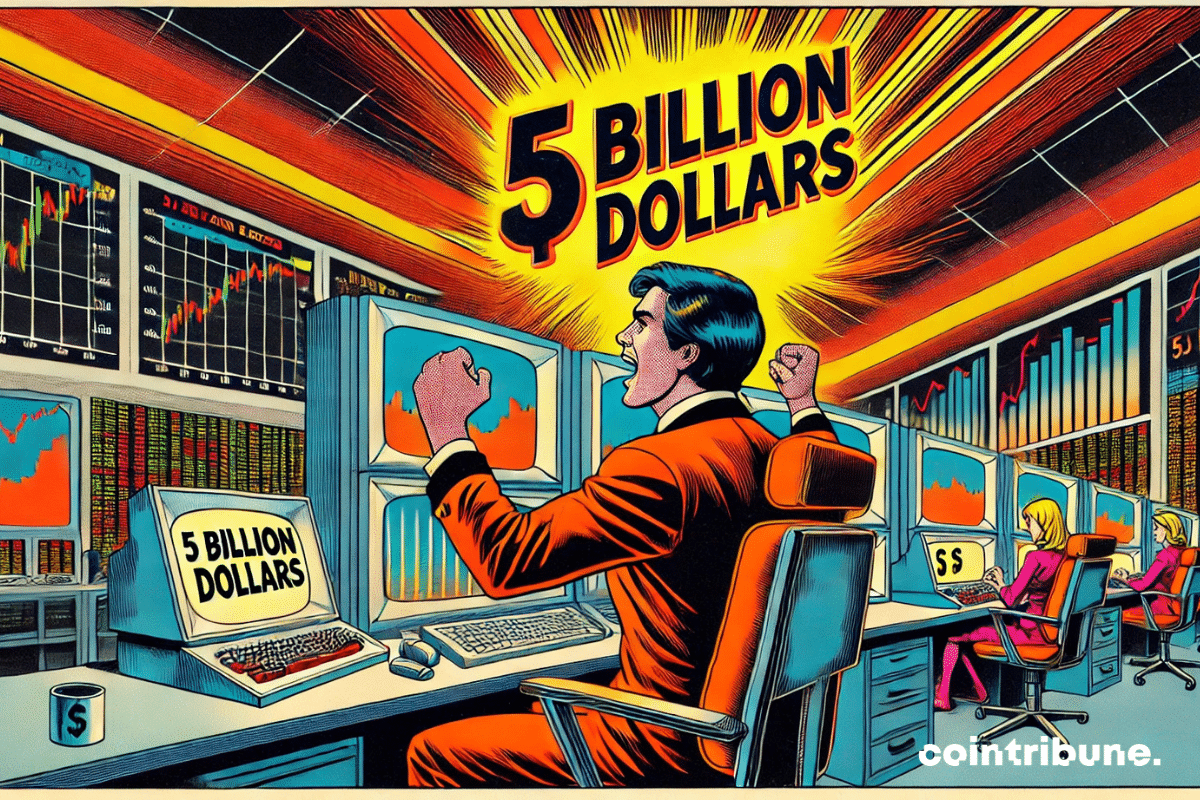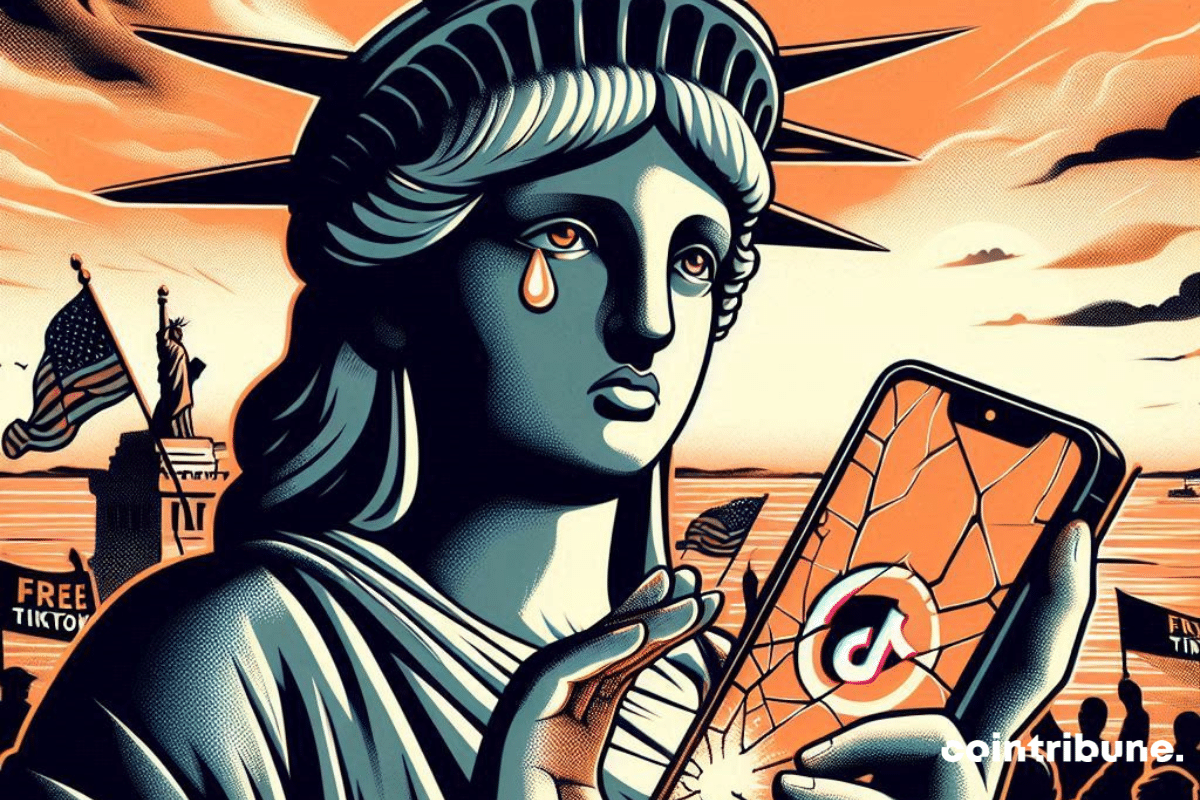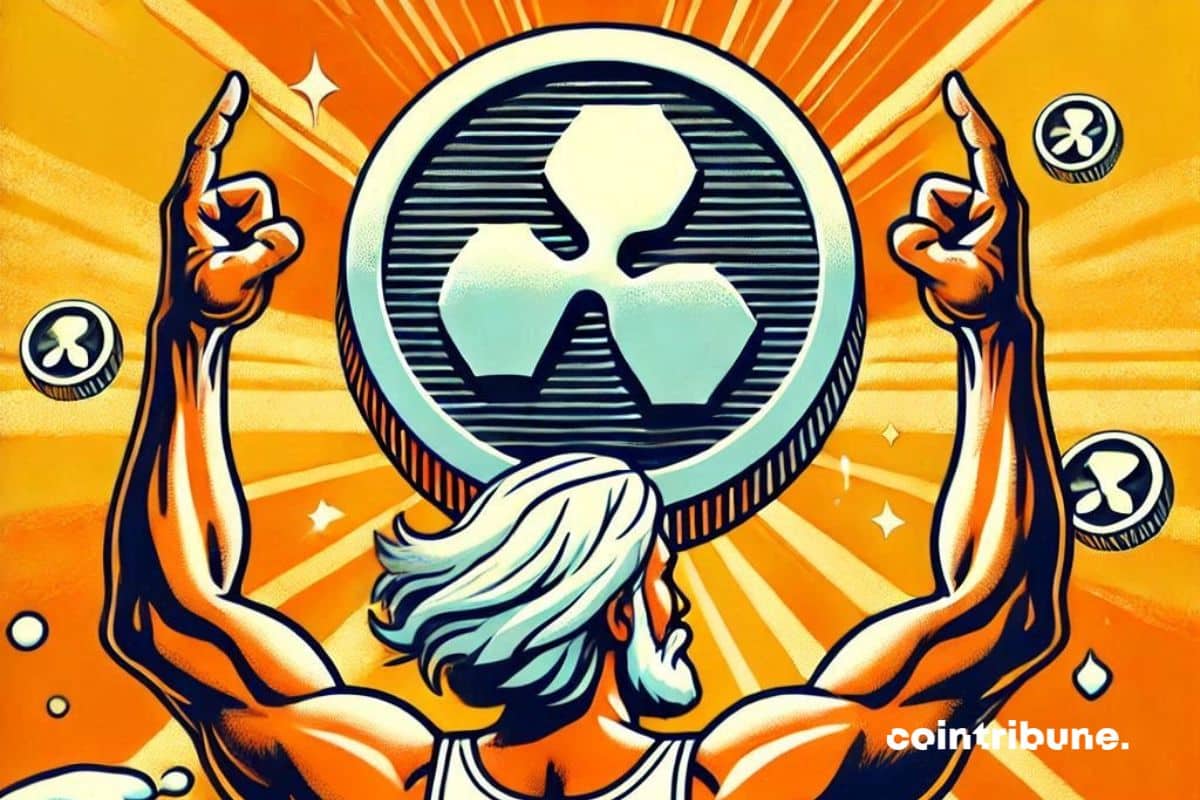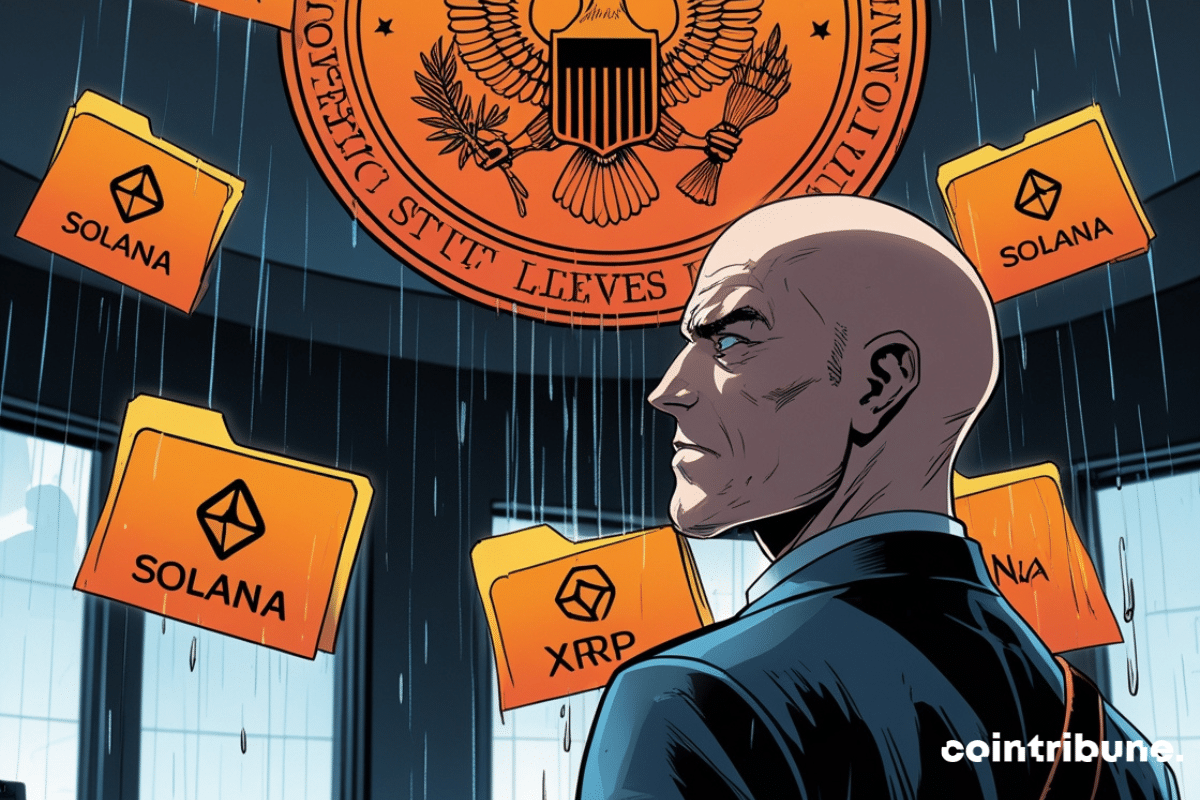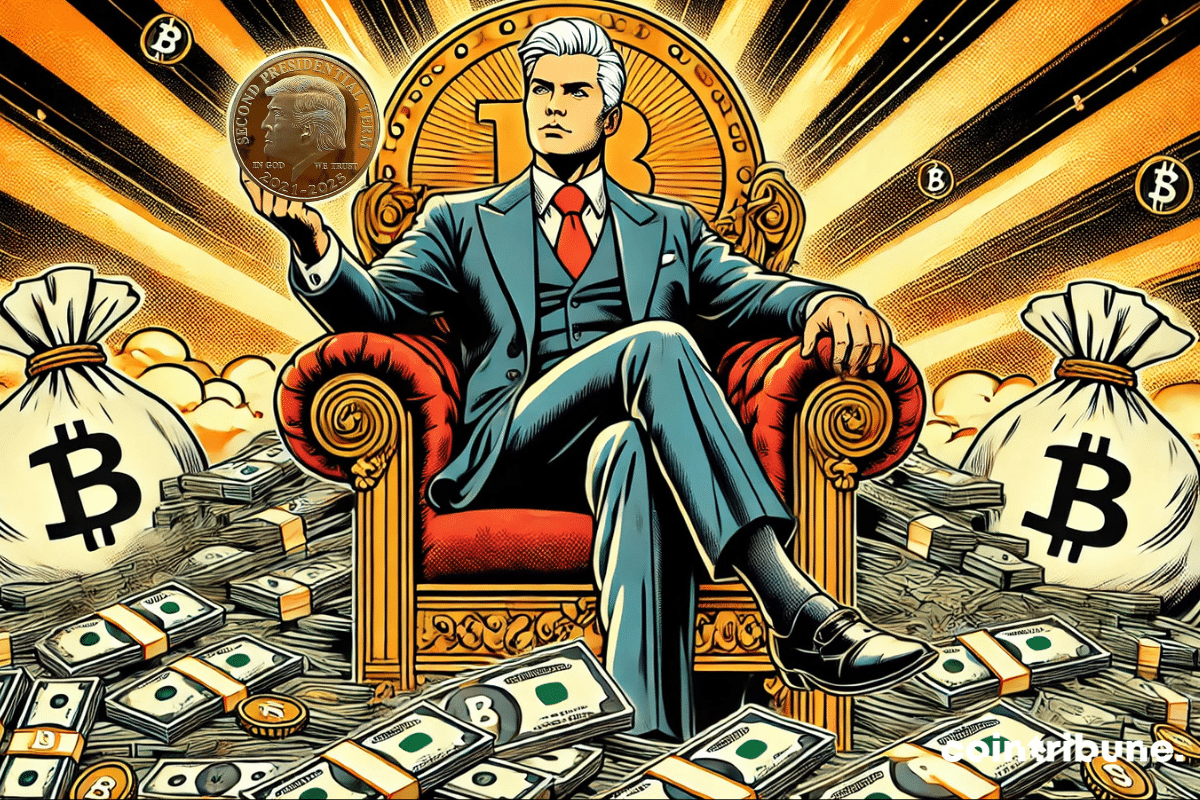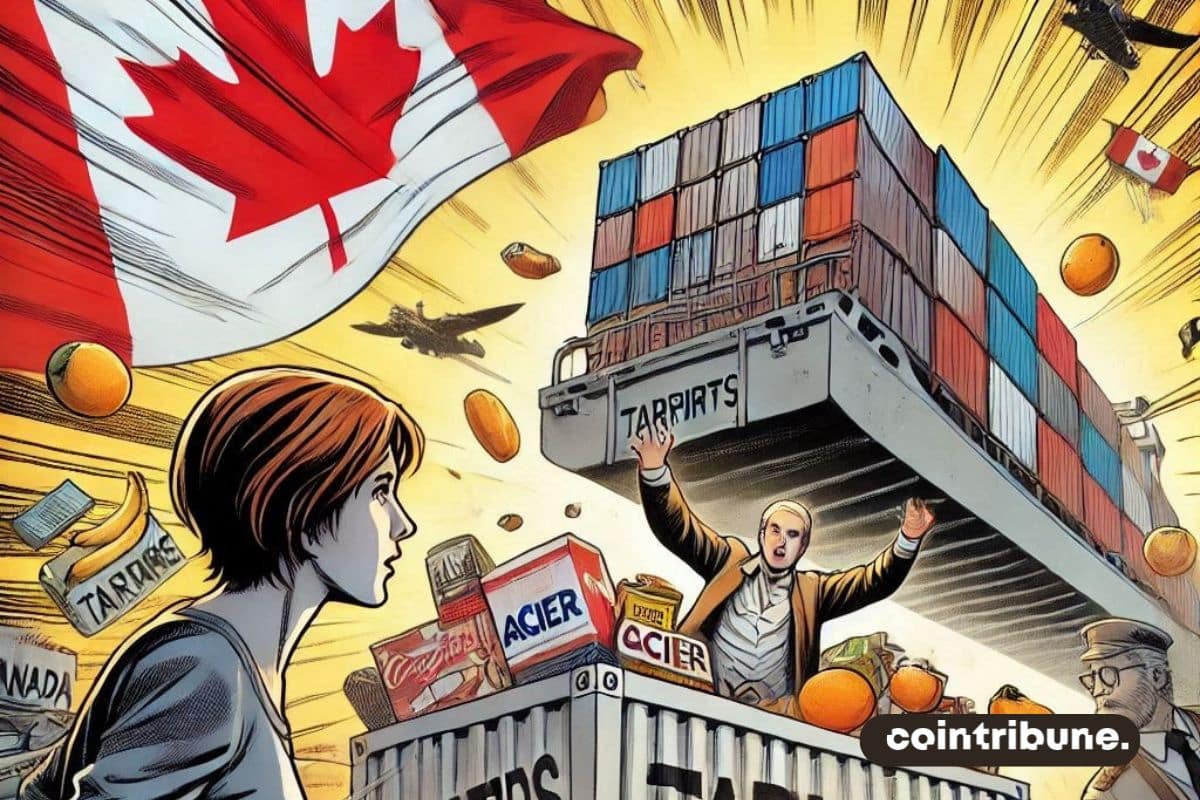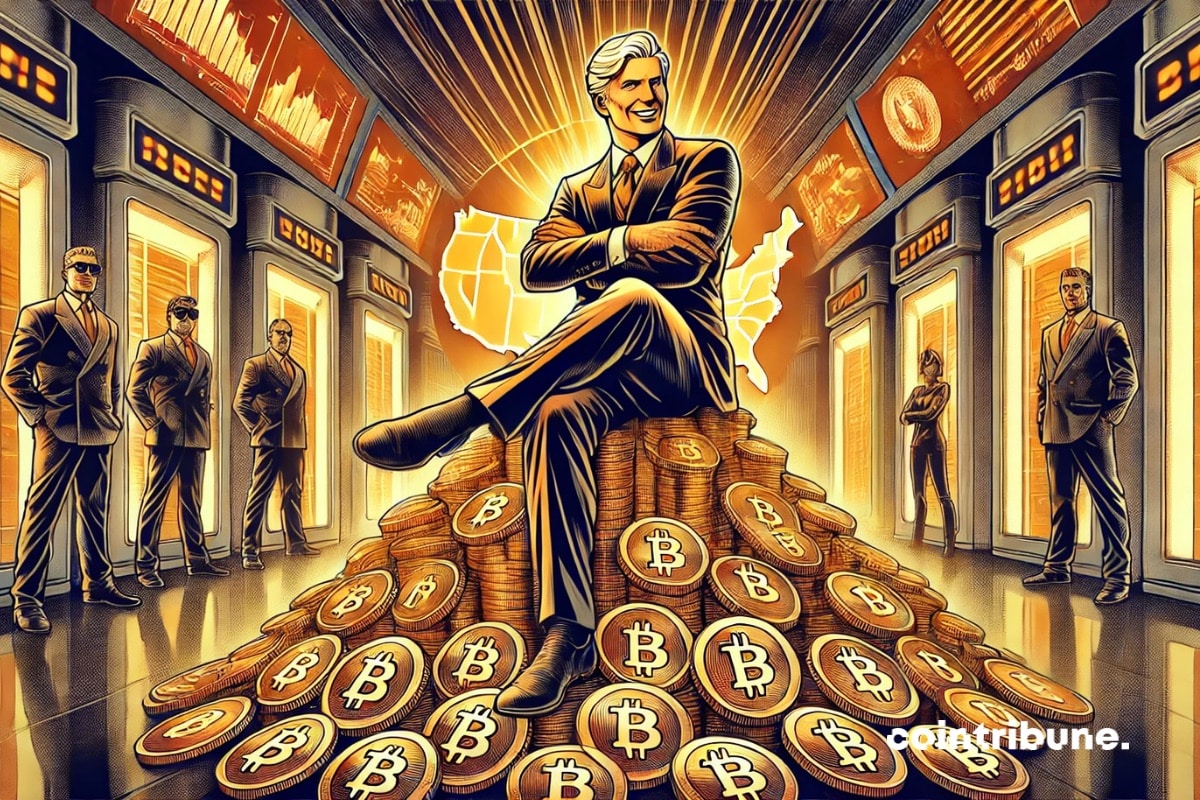The Trump family is entering the crypto world and hitting hard. Could their strategy mark a turning point in the ecosystem? Analysis.
Coin Stats RSS
On Monday, January 20, 2025, at noon (Eastern Time), Donald Trump was inaugurated as the 47th president of the United States during a ceremony at the Capitol in Washington D.C. This inauguration undoubtedly marks the beginning of a new era for the cryptocurrency industry! With anticipated pro-crypto policies, investors are expecting significant changes and increased adoption of blockchain technologies. In his inauguration speech on January 20, Donald Trump made no mention of the strategic reserve of Bitcoin or cryptocurrencies. Furthermore, cryptocurrencies are not among the immediate priorities in the document sent by Republican lawmakers, raising concerns among investors.
The Department of Government Efficiency (DOGE), led by Elon Musk, could face legal action as soon as it is officially established. The law firm National Security Counselors is preparing a 30-page complaint, alleging violations of federal transparency law.
Transatlantic relations are experiencing a period of heightened tensions, marked by Donald Trump's return to the American presidency. In this context, Isabel Schnabel, a prominent member of the Executive Board of the European Central Bank (ECB), has sounded the alarm. She claims that a trade war between the European Union and the United States is "highly probable," due to the protectionist policies already announced by the American administration. If these measures, including high tariffs on European imports, were to materialize, they could destabilize the global economy. This threat, which particularly targets key sectors in the euro area, poses critical challenges for the future of international economic relations.
The crypto world has recently been shaken by the emergence of $Melania, a new memecoin launched by Melania Trump. This token quickly attracted the attention of investors but also raised concerns about the possibility of a Rug Pull, a scam where developers abandon the project after taking investors' funds. These concerns intensified when analysts discovered that nearly 90% of the total supply of the Melania memecoin was held in a single crypto wallet.
World Liberty Financial, the crypto project backed by Donald Trump, has just made a massive investment of 48 million dollars in Ethereum. This strategic acquisition comes as ETH shows signs of strengthening against Bitcoin, in a context already marked by the meteoric success of memecoins associated with the Trump family.
From January 31 to February 2, 2025, Alephium, a next-generation blockchain, will participate in CryptoXR, the second largest crypto conference in France, to organize a large-scale hackathon in partnership with LSW3 (League for Web3 Security). This event promises to make Auxerre the French capital of Web3, attracting over 3,000 visitors, 70 speakers, and innovative projects.
Bitcoin recently crossed the mythical threshold of $109,000. This new record comes against a backdrop filled with symbols and expectations, as Donald Trump prepares to be sworn in for a second term as President of the United States. A meteoric rise that marks a key moment in the history of cryptocurrencies.
When Trump arrives, cryptocurrencies explode: Bitcoin flirts with 108K, Ethereum rebounds, Ripple bursts. A market in a trance or a bubble dancing?
Amid revolutionary announcements, technological advancements, and regulatory turbulence, the crypto ecosystem continues to prove that it is both a territory of limitless innovations and a battleground for regulatory and economic conflicts. Here is a summary of the most significant news from the past week regarding Bitcoin, Ethereum, Binance, Solana, and Ripple.
The cryptocurrency market has recently witnessed extreme volatility, marked by a significant drop in Bitcoin (BTC) followed by an equally spectacular rebound. This sequence of events led to massive liquidations, reaching $1.18 billion! Leaving many investors perplexed and worried.
The Arab world, long marked by conflicts and dependence on oil, is undergoing a metamorphosis. A radical change is taking place, driven by green energies, technology, and a new generation eager for peace.
In the unpredictable world of cryptocurrencies, a single event can be enough to disrupt the market balance. The recent launch of the memecoin TRUMP, directly supported by the elected President of the United States, is a perfect illustration. Within a few days, Google searches for terms like "buy Solana" and "buy crypto" reached record levels, revealing an unprecedented interest in this universe. Such a phenomenon, at the intersection of politics, popular culture, and blockchain technology, reflects the growing influence of cryptocurrencies on once-distinct domains. How has a simple memecoin propelled Solana to the forefront of the global stage and redefined market dynamics?
The cryptosphere has just witnessed an unexpected jolt with the launch of MELANIA, the memecoin created by Melania Trump, now the First Lady of the United States. Deployed on the Solana blockchain, this token reached a spectacular market capitalization of 5 billion dollars in just one hour. This caused a shockwave in the market. However, such rapid success had direct consequences on the memecoin TRUMP, associated with Donald Trump, which saw its value plummet by 38%. This event sheds more light on how public figures influence crypto dynamics and raises new questions about the relationship between popularity and blockchain innovation.
The dance stops for American TikTokers. Between Chinese threats and political pirouettes, TikTok is stretching itself thin. Trump promises, but ByteDance resists. The suspense continues.
Semiconductors have become an essential pillar of the global economy and technological security. In this context, China announced an unprecedented investment of 37 billion euros to accelerate its technological autonomy, which has so far been hindered by the dominance of Europe and the United States. This strategic sector, embodied by players such as ASML, the world leader in photolithography equipment, is now at the heart of fierce competition. Beijing is not only looking to bridge its gap but to redefine the balance of power with the aim of achieving complete independence. This initiative could reshape the contours of global innovation and intensify tensions in an already high-pressure market.
The cryptocurrency Ripple (XRP) is currently experiencing a spectacular comeback with a rise of $1.5 billion in payment volume. This increase in on-chain metrics and user engagement is attracting the attention of crypto investors, especially with the upcoming inauguration of Donald Trump, which could further boost demand.
As Gensler packs his bags, the SEC is overwhelmed by a tsunami of crypto ETFs, with Solana and XRP at the forefront.
Michael Saylor, the visionary co-founder of MicroStrategy, sees considerable potential for Bitcoin adoption in France. This statement follows a meeting with Sarah Knafo, a Member of the European Parliament, during a lunch where they discussed the future of cryptocurrencies and energy.
According to economic projections and analysis by international experts, no European economy will be among the top ten world powers by 2050.
The memecoin $TRUMP shook up the crypto market this weekend, seeing its value soar by 490% in less than 24 hours. This spectacular performance could have quintupled the fortune of former U.S. presidential candidate Donald Trump, according to analysts.
The cryptosphere is going through a period of uncertainty marked by sustained volatility in the markets. Among the most monitored assets, Shiba Inu (SHIB) particularly draws attention. This memecoin, often compared to Dogecoin, is at the heart of an intense mobilization of its community, which recently burned over 66 million tokens to reduce the circulating supply. Despite these efforts, the price of SHIB has plunged, highlighting the limits of token burn mechanisms in the face of market forces. This situation raises questions about the effectiveness of these strategies in a complex economic context.
The Solana blockchain has just written a new chapter in its history and reached a historical peak, with its native token SOL valued at nearly 269 dollars. This spectacular spike is attributed to the launch of the meme token TRUMP, backed by the elected American president, which triggered a wave of enthusiasm among investors. In just 24 hours, the trading volume of this token surpassed that of Dogecoin, confirming Solana as a major platform for memecoins. This event reignites discussions on the potential and risks of blockchains centered around these atypical assets.
In a recent message, Vitalik Buterin outlined several goals for reorganizing the Ethereum Foundation. He emphasized the importance of supporting decentralized application developers and promoting decentralization, resistance to censorship, and privacy. Buterin also clarified that the Ethereum Foundation would not engage in political lobbying or ideological changes, nor would it take on a more central role in the development of the Ethereum ecosystem.
Canada is preparing for a trade war with the United States in response to Donald Trump's threats to increase tariffs on Canadian products. Canadian Minister of Foreign Affairs, Mélanie Joly, stated that Canada would impose a "Trump tax" if these threats materialized, thereby triggering the largest trade war between the two countries in decades.
The betting markets, particularly Kalshi and Polymarket, are seeing a significant increase in the odds that the elected U.S. president, Donald Trump, will establish a strategic Bitcoin (BTC) reserve after taking office on January 20. Bettors on Kalshi estimate the probability that Trump will create a BTC reserve in the U.S. by 2026 at nearly...
Between provocative slogans and economic ambitions, Musk imposes his MEGA on the Old Continent, playing with algorithms to conquer an already weakened Europe.
Long regarded as a speculative asset, Bitcoin is gradually establishing itself as a strategic element in the management of national reserves. In the face of evolving financial markets and geopolitical tensions, several governments and central banks are considering its integration into their foreign exchange reserves. In the United States, a bill proposes the gradual acquisition of 1 million BTC over five years. In the Czech Republic, the governor of the central bank is exploring the possibility of diversification into crypto. Similarly, in Russia, policymakers are advocating for a strategic reserve in Bitcoin, while in Brazil, a project foresees an allocation of 5% of sovereign reserves to this asset. This movement represents a notable shift in the institutional perception of Bitcoin, which now transcends the framework of private diversification to become an economic and geopolitical issue. While El Salvador has already taken the leap, other countries are proceeding cautiously, hindered by the volatility of cryptocurrencies and regulatory uncertainties. Between experimentation and resistance, a new financial dynamic is emerging, suggesting a potential shift in balance within the global monetary system.
For the past two years, the French real estate market has been undergoing a deep crisis, fueled by soaring prices and difficulties in accessing credit. In response to this critical situation, François Bayrou, the Prime Minister, presented a set of measures aimed at revitalizing this vital sector for the national economy. Focused on tax incentives, increased support for construction, and regulatory adjustments, these proposals seek to address current challenges while considering social and environmental issues. While these initiatives spark hope for a rebound, they also raise many questions about their effectiveness and implementation.
The famous trader and technical analyst Peter Brandt claims that Cardano (ADA) has hit its lowest point and is about to enter a major bullish phase. This analysis comes as the cryptocurrency has remained above the symbolic threshold of 1 dollar for the first time in nearly two years.
